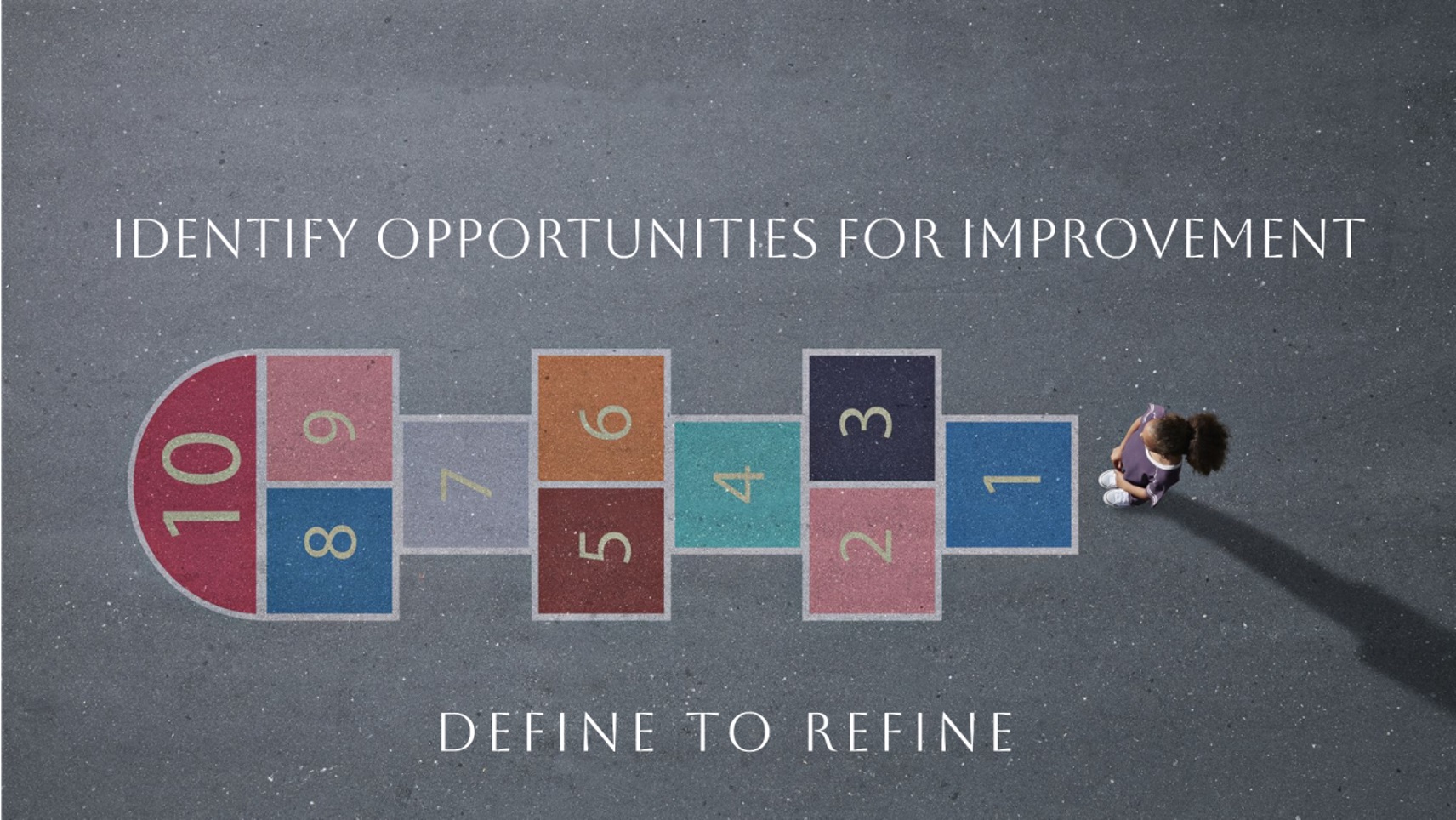Identify Opportunities for Improvement: Define to Refine

In Lean Six Sigma’s DMAIC framework (Define, Measure, Analyze, Improve, Control), the Define Phase serves as the foundation for identifying opportunities for improvement. This phase is focused on understanding customer expectations through the Voice of the Customer (VOC) and defining the problem in a way that aligns objectives with business goals. By doing so, teams ensure that improvement efforts target the most critical areas of need.
The Define Phase emphasizes clarity—what the problem is, who it impacts, and how success will be measured—laying the groundwork for a structured and effective process improvement journey.
Why the Define Phase is Critical
The Define Phase ensures that teams:
- Focus on What Matters: Identifying opportunities that align with customer needs and organizational goals.
- Clarify the Problem: Clearly articulating the issue to avoid misaligned or wasted efforts.
- Engage Key Stakeholders: Bringing together the right people to foster collaboration and buy-in.
- Set Measurable Goals: Defining what success looks like from both customer and business perspectives.
This phase prevents teams from solving the wrong problems and provides the clarity needed to move forward with confidence.
Key Tools for the Define Phase
- Voice of the Customer (VOC): Captures customer needs, expectations, and preferences to ensure improvement efforts address what matters most to them.
- CTQ Trees (Critical-to-Quality): Translates customer needs into measurable and actionable performance indicators.
- SIPOC Diagram (Suppliers, Inputs, Process, Outputs, Customers): Provides a high-level view of the process and ensures clarity on its key components, helping teams understand and communicate how the process works and what it delivers to customers.
- Project Charter: A clear, concise, and formal document that outlines the purpose, scope, objectives, and structure of the improvement project. It acts as a roadmap and agreement among stakeholders to align on goals.
Define in Action: Real-Life Example in an Insurance Company
An insurance company faced increasing customer complaints about delays in claims processing. During the Define Phase, the team focused on identifying the problem and aligning their goals using Lean Six Sigma tools.
They started by conducting Voice of the Customer (VOC) surveys to capture and understand customer needs, expectations, and preferences. Customers expressed that timely resolutions and consistent updates were their top priorities. Using this insight, the team created CTQ Trees (Critical-to-Quality) to translate these customer needs into measurable goals, such as resolving 95% of claims within 10 business days and providing regular progress updates.
To better understand the existing process, the team developed a SIPOC (Suppliers, Inputs, Process, Outputs, Customers) diagram, providing a high-level view of how claims were handled. This tool clarified key process components and established a clear understanding of the end-to-end workflow.
Finally, the team formalized their efforts with a Project Charter, which clearly outlined the problem, project objectives, and scope. The charter set the goal of reducing claims processing times by 20% within six months, ensuring alignment across all team members.
By interrelating these tools, the Define Phase gave the team a clear understanding of the problem, customer expectations, and the process itself, setting the stage for focused data collection and analysis in the Measure Phase.
Define Opportunities, Define Success
The Define Phase is where the journey to process improvement begins. By leveraging tools like VOC, CTQ Trees, SIPOC diagrams, and Project Charters, teams can clearly identify opportunities for meaningful change and ensure alignment with customer and business priorities.
In our next post, we’ll explore the Measure Phase and how to gather the data needed to validate these opportunities and set benchmarks for success. Stay tuned for practical insights and strategies to drive your improvement initiatives forward!


